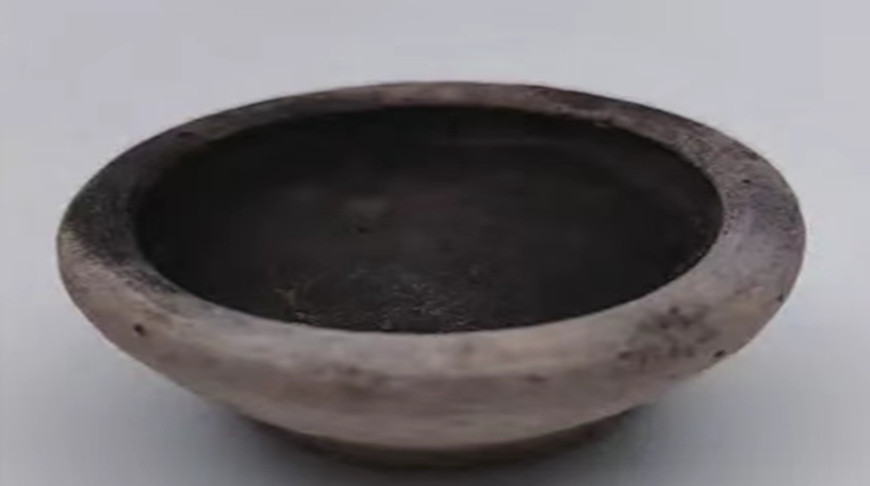
BEIJING, 8 October (BelTA - China Daily) - A 600-year-old porcelain lamp
unearthed in 2021 in Shanxi province has turned the spotlight on the
technical skills and cultural practices of that era, when people blended
fuels to keep their oil lamps burning long, clean and bright.
Retrieved from a tomb in Shanxi's Nantou village, the tiny bowl-shaped lamp dates back to the Ming Dynasty (1368-1644). Using high-sensitivity techniques, researchers discovered traces of fuel in the lamp - a surprising blend of linseed oil, mutton tallow and beeswax - that offered a rare peek into the everyday lives of people back then. Most excavated lamps have yielded little or no residue at all, making this find exceptionally rare.
The presence of beeswax points to the possible desire for fragrance and less smoke. It likely made the fuel less prone to rancidity. The vegetable oil helped the flame burn brighter.
The lamp's fuels also shed light on a broader historical pattern. Early lamps primarily used animal fats. Use of beeswax started during the Han Dynasty (206 BC-AD 220), and the practice became popular among elites. As the belief that smoke from tallow harmed eyesight and health grew, new burning methods developed. The cultivation of white-wax insects for candle production expanded between the 10th and 14th centuries, and during the Ming Dynasty, blends of vegetable oils and wax were primarily used to burn lamps.
The findings about the Shanxi lamp were published in the journal Sciences of Conservation and Archaeology as a joint research project between the National Museum of China and the Xinzhou Institute of Cultural Relics and Archaeology.
From the faint carbon traces clinging to a 600-year-old lamp, researchers have thrown light on centuries of technological experimentation and cultural practices. The discovery underscores how something as simple as a household flame can tell so much about technical skills, rituals and beliefs about life and the afterlife.
Retrieved from a tomb in Shanxi's Nantou village, the tiny bowl-shaped lamp dates back to the Ming Dynasty (1368-1644). Using high-sensitivity techniques, researchers discovered traces of fuel in the lamp - a surprising blend of linseed oil, mutton tallow and beeswax - that offered a rare peek into the everyday lives of people back then. Most excavated lamps have yielded little or no residue at all, making this find exceptionally rare.
The presence of beeswax points to the possible desire for fragrance and less smoke. It likely made the fuel less prone to rancidity. The vegetable oil helped the flame burn brighter.
The lamp's fuels also shed light on a broader historical pattern. Early lamps primarily used animal fats. Use of beeswax started during the Han Dynasty (206 BC-AD 220), and the practice became popular among elites. As the belief that smoke from tallow harmed eyesight and health grew, new burning methods developed. The cultivation of white-wax insects for candle production expanded between the 10th and 14th centuries, and during the Ming Dynasty, blends of vegetable oils and wax were primarily used to burn lamps.
The findings about the Shanxi lamp were published in the journal Sciences of Conservation and Archaeology as a joint research project between the National Museum of China and the Xinzhou Institute of Cultural Relics and Archaeology.
From the faint carbon traces clinging to a 600-year-old lamp, researchers have thrown light on centuries of technological experimentation and cultural practices. The discovery underscores how something as simple as a household flame can tell so much about technical skills, rituals and beliefs about life and the afterlife.













